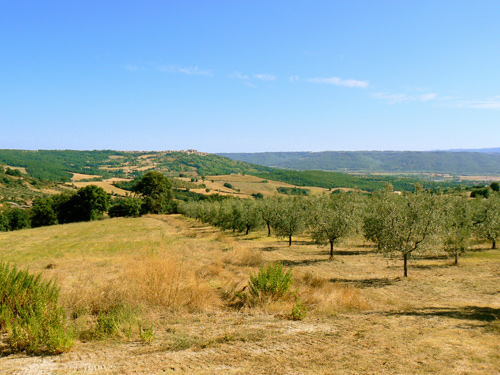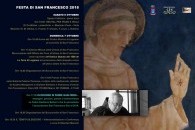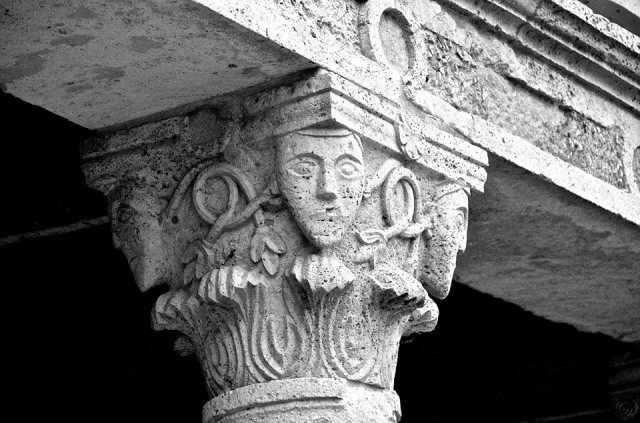Art and culture
Monuments
Monuments
Poggio Gramignano Country Villa
Enjoying a dominant position on the top of a hillock overlooking the Tiber Valley there are to be seen the remains of a large country villa dating back to the first century BC. As from II century BC the Roman nobles were in the habit of establishing villas, that is, country homes that were also farms. In 1988, Professor Soren of the University of Arizona working in collaboration with the Pro-Loco and the Lugnano town council began excavation work at Poggio Gramignano. The wealth and complexity of the structures recovered, and not least the beauty and quality of the multicoloured mosaic flooring that has been brought to light indicate that this was a large country villa producing agricultural produce. In 1989, deeper excavation work was carried out on the western side of the villa. Hundreds of animal bones and tiny human bones were found. It would appear that having been abandoned and left to rack and ruin in the II century AD the villa was probably used once again but as a cemetery in the V century AD. Five small and medium-sized rooms with partially collapsed walls had been filled from the floor upwards as a burial place for 47 children.
This raises the obvious question as to why the children were buried in a place so far removed from the adults. In Ancient Rome, children were not buried in cemeteries. The Poggio Gramignano century was only used for a very short period of time; the most recent earthenware pottery dates back to the middle of the V century AD. Most of the corpses on the lower layers were buried individually while those found on the higher layers were buried in groups. It would appear that this cemetery was filled in a matter of days.
This form of burial suggests that there was an epidemic which initially caused only a few deaths but then quickly spread resulting in the death of an ever increasing number of children. It is impossible to say what the consequences of this were for the adults until such time that their tombs are also found. The remains of the villa are described and set out in an illustrated historical publication of international renown edited by "L'Erma" of Bretschneider (Rome 1999, pp. 690). This book by David and Noelle Soren entitled "A Roman villa and a late Roman infant cemetery" is a work of great importance and rather than just giving the final word on the Poggio Gramignano villa archaeological complex of Lugnano in Teverina it brings this Umbrian historical site into the international limelight. The archaeological finds are kept at the municipal museum in the town hall awaiting transfer to their final home at the "Fabbrica"







